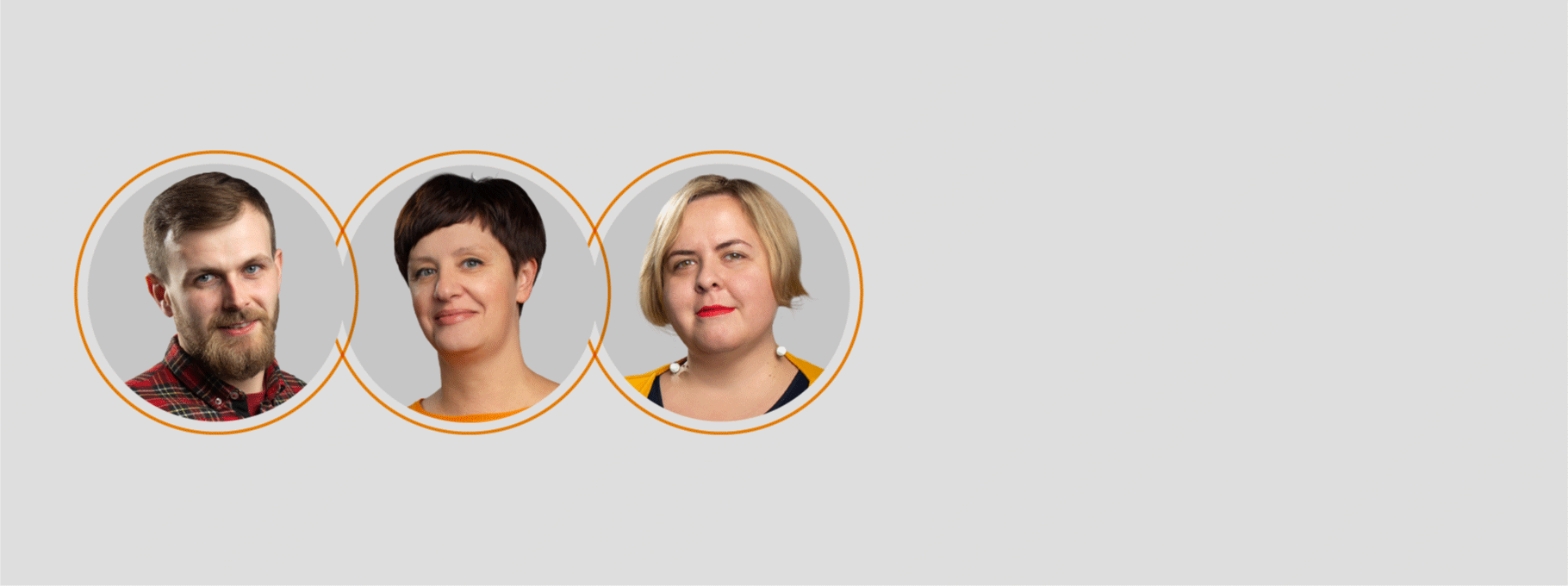Методична розробка заняття Рroperties of solids and liquidsз дисципліни «Іноземна мова ( за професійним спрямуванням)» спеціальності 133 «Галузеве машинобудування» за освітньо-про
Лисичанський промислово-технологічний фаховий коледж

PROPERTIES OF SOLIDS AND LIQUIDS
методична розробка
з дисципліни «Іноземна мова ( за професійним спрямуванням)»
в закладах фахової передвищої освіти
Розробник: Скиба Н.М., старший викладач, викладач вищої категорії Лисичанського промислово-технологічного фахового коледжу
2022
ВСТУП
Методична розробка заняття Рroperties of solids and liquids виконана у відповідності з методичними рекомендаціями з підготовки та проведення практичних занять у закладах фахової передвищої освіти. Заняття підготовлено відповідно до робочої і навчальної програми з дисципліни «Іноземна мова ( за професійним спрямуванням)» спеціальності 133 «Галузеве машинобудування» за освітньо-професійною програмою «Обслуговування та ремонт обладнання підприємств хімічної та нафтогазопереробної промисловості». У методичній розробці заняття подано розгорнутий план-конспект заняття у формі мовного практикуму з використанням методу критичного мислення, методики роботи з лексичним матеріалом, методу лінгвістичного квесту, рольовою грою, перелік необхідного обладнання, мету і задачі, надано чітку структуру заняття, вдало подано мотивацію пізнавальної діяльності студентів.
Розробка містить багато різноманітних форм та методів роботи (бесіду, читання, мозковий штурм, групову та парну роботу, що відповідають індивідуальним особливостям студентів і сприяють успішному досягненню мети заняття.
Методична розробка заняття відповідає теоретичному й методико-практичному розділам навчальної програми, має інноваційний характер, відповідає новітнім технологіям навчання, спрямована на формування комунікативної компетенції майбутніх фахівців, розвиток пам'яті, уваги, фонематичного слуху студентів, сприяють зацікавленості та формуванню комунікативної компетенції майбутніх фахівців.
Методична розробка може бути рекомендована для викладачів іноземної мови в закладах фахової передвищої освіти в якості як основного, так і довідково-дидактичного матеріалу.
МЕТОДИЧНА РОЗРОБКА ЗАНЯТТЯ
Заняття №
Предмет: Іноземна мова
Група:
Тема заняття: PROPERTIES OF SOLIDS AND LIQUIDS
Мета: формувати лексичні навички й навички вимови; вдосконалювати навички читання й усного мовлення; розвивати мовну здогадку й мовленнєву реакцію; виховувати зацікавленість у розширенні своїх знань, використовувати раніше вивчені структури, а також збагачувати словарний запас, практикуватися у перекладі речень, розвивати навички логічного викладання думок, пам'ять, виховувати свідоме ставлення до навчання, вчити раціонально використовувати свій час, прищеплювати бажання вивчати іноземну мову.
Обладнання: словники, комп’ютер, роздавальний матеріал
Тип заняття: практичне
Міжпредметні зв'язки: Фізика, Аналітична хімія, Процеси і апарати, Обладнання підприємств хімічної галузі, Електротехніка, Матеріалознавство, Основи автоматизації технологічних процесів, Основи технології галузі
СТРУКТУРА ЗАНЯТТЯ:
1.Організаційний момент:
1)Привітання
2) Перекличка
3)Перевірка готовності до заняття
2. Мотивація навчальної та пізнавальної діяльності студентів, оголошення теми та цілей заняття.
3.Реалізація теми за планом
4. Підсумок заняття. Оцінювання
5. Домашнє завдання
ХІД ЗАНЯТТЯ:
І. After-watching task. Завдання на розуміння змісту переглянутого
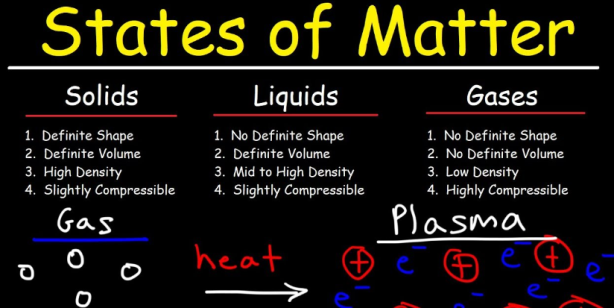
https://www.youtube.com/watch?v=PqdQ3DmNSyw&ab_channel=SimplyInfo
- In what forms can all single substances exist?
- What main property do solids possess?
- What are two principal types of solids?
- Liquids represent the intermediate stage between solid and gas, don’t they?
- What are the properties of liquids?
- Why do liquids flow?
- Do the constituent particles in a gas have any cohesion?
- Do gases behave like liquids? Are gases similar to liquids?
II. Scanning reading. Читання з повним розумінням змісту прочитаного. Read the text Properties of Solids and Liquids. Use a dictionary, if necessary.
The forces that hold atoms and molecules in place give solids their strength.
The strength of a material is determined by measuring its elasticity – that is how stiff it is and how it behaves when it is stretched or compressed. Elasticity is measured as the ratio of stress to strain.
Stress is defined as the force acting on a material divided by the area over which the force is applied. Stress may be applied in three different ways: tensile, shear and compressive.
Tensile stress causes a material to become elongated (stretched), and shear stress causes it to be twisted out of shape. In both cases the component atoms or molecules are pulled apart as they move from their original positions. When the stress is removed, the attractive forces between the atoms or molecules pull them back together again, and the material is restored to its original shape. Compressive stress forces the atoms or molecules together, and it is the repulsive forces that restore the shape of the material when the stress is removed. If stress is applied to a material and slowly increased, the material accordingly changes shape. But at a certain point it reaches its elastic limit.
Another property of solid materials that depends on the strength of the bonds between atoms or molecules is hardness.
As in a solid, the atoms or molecules of a liquid are held together by attractive forces. But these forces are not great enough to hold the atoms or molecules in a fixed pattern, they move about on random. As a result, a liquid can flow and it cannot be stretched or distored. Like a solid, it can be compressed slightly and shows the same sort of elasticity when subjected to compressive stress. Unlike a solid, but like a gas, a liquid exerts pressure, which at any point depends on the depth and the density of the liquid.
A liquid does not expand to fill the whole of the volume available to it. Instead, the cohesion between its molecules forces it to maintain a fixed volume (at a given temperature). It takes on the shape of all or part of its container – but this is only because the forces of gravity makes it do so. In zero gravity conditions a liquid takes on the shape with the minimum possible surface area – that is, a sphere.
The fact that a liquid tends to take on a spherical shape is due to a phenomenon known as surface tension. Inside a volume of liquid all the atoms or molecules attract each other equally. Each molecule experiences attractive forces in all directions and they cancel out each other. But the atoms or molecules on the surface experience few, if any, attractive forces from the outside. As a result, the forces between them and inner molecules tend to pull them inwards and towards each other.
IІІ. Find English equivalents to the following expressions.
1. сила ________________________________________________
2.міцність ____________________________________________
3. жорсткий ___________________________________________
4. натиск/тиск _________________________________________
5. бути викривленим ___________________________________
6. сила тяжіння ________________________________________
7. відштовхувальна сила ________________________________
8. відповідно змінювати форму ___________________________
9. точка опору _________________________________________
10. зв'язки між атомами чи молекулами ___________________
11. навмання __________________________________________
12. чинити тиск ________________________________________
13. розширюватись _____________________________________
14. зчеплення/з'єднання _________________________________
15. сила тяжіння _______________________________________
16. поверхня ___________________________________________
17.напруга_____________________________________________
IV. Find Ukrainian equivalents to the following words and expressions
- to hold atoms and molecules ____________________________________
- the strength of a material _______________________________________
- stiff ________________________________________________________
- may be applied _______________________________________________
- to become elongated ___________________________________________
- molecules are pulled apart ______________________________________
- attractive force _______________________________________________
- to pull back __________________________________________________
- repulsive forces ______________________________________________
- to restore ___________________________________________________
- a fixed pattern _______________________________________________
- the density of the liquid ________________________________________
- surface tension _______________________________________________
- to pull inwards and towards _____________________________________
V. Fill in the gaps with the following words.
|
tension, to strain, tensile, liquid, compressive, bonds, strength, hardness, ratio, shear, repulsive, to stretch, exerts, solid |
- The forces that hold atoms and molecules in place give solids their ____.
- Elasticity is measured as the ____ of stress to ____.
- Stress may be applied in three different ways ____, _____, _____.
- ____ stress causes a material to become elongated.
- ____ stress forces the atoms or molecules together, and it is the ____ forces that restore the shape of the material.
- Another property of ____ materials that depends on the strength of the ____ between atoms and molecules is ____.
- A ____ can flow.
- A liquid ____ pressure.
- The fact that a liquid tends to take on a spherical shape is due to a phenomenon known as surface ____.
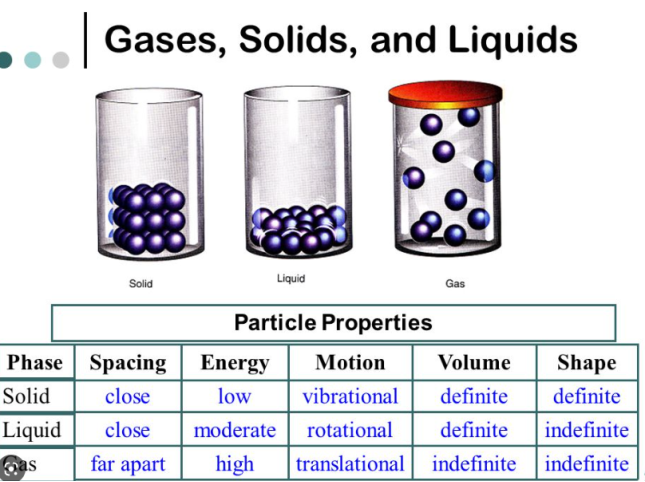
VII. Define whether the statements are TRUE or FALSE.
- The forces that fold atoms and molecules in place don’t give solids their strength.
- The strength of a material is determined by measuring its elasticity.
- Stress is defined as the force acting in a material.
- Stress may be applied in four different ways.
- Another property of solid materials that depends on the strength of the bonds between atoms and molecules is softness.
- Atoms or molecules of a liquid are held together by attractive forces.
- These forces in liquids are great enough to hold atoms or molecules in a fixed pattern.
- A liquid always expands to fill the whole of volume available to it.
- The fact that a liquid tends to take on a spherical shape is due to surface tension.
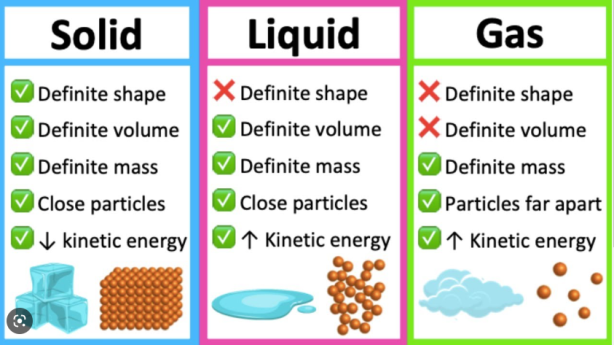
VIII. Put questions to the following statements.
- The forces that hold atoms and molecules in place give solids their strength.
- The strength of a material is determined by measuring its elasticity.
- Elasticity is measured as the ration of stress to strain.
- The atoms or molecules of a liquid are held together by attractive forces.
- A liquid can flow.
- A falling drop of water tends to take the shape of a sphere.
- Another property of liquids is adhesion.
IX. Guess the crossword using the active vocabulary of the lesson

X. Test your knowledge

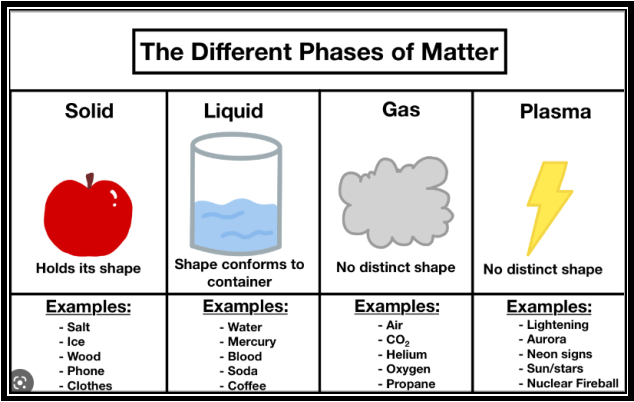
4. Summarizing. Підведення підсумків уроку. Бесіда в режимі T-P1-P2.
T: What topic did we start discussing today? What did we read about? What new words and word combinations have you learned? What material was difficult/ interesting/boring? So, you all see where you need more practice and what you can do well.
5. Setting homework. Постановка домашнього завдання
T: Your home task to do Worksheet using the active vocabulary of the lesson
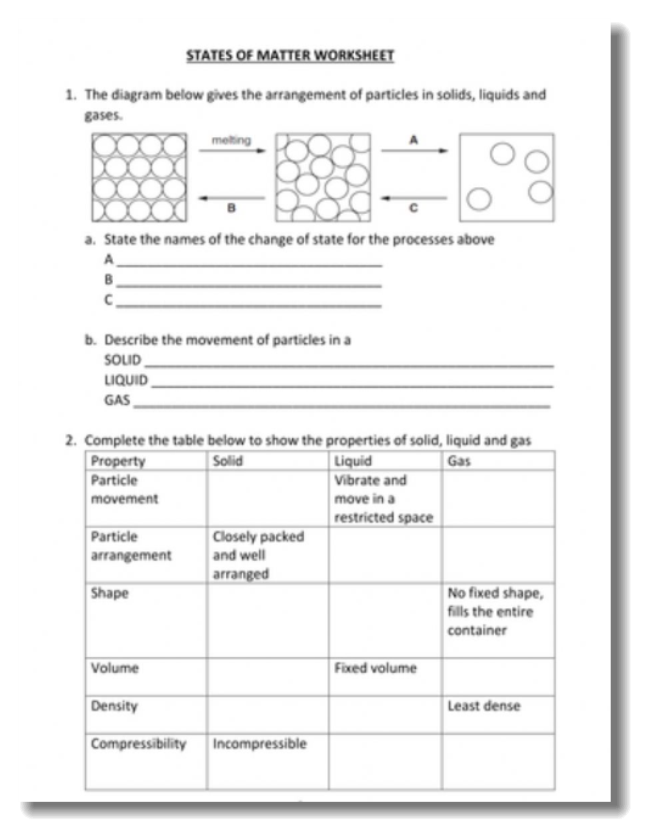
1


про публікацію авторської розробки
Додати розробку
